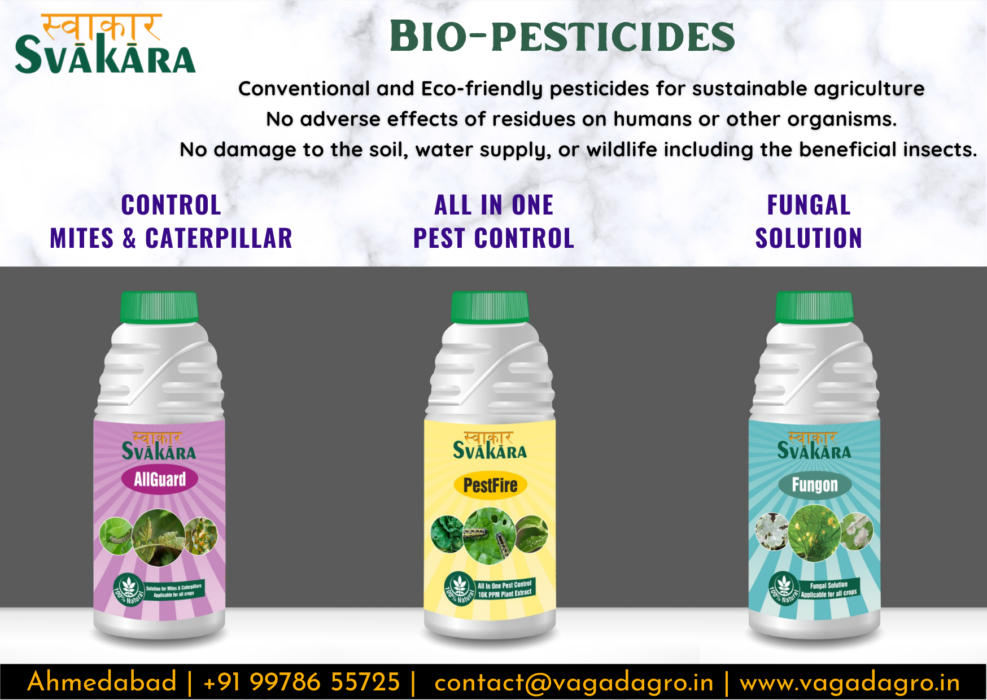
What is Biopesticide?
The micro-organism is used in pest control, weed control, and disease control. The use of Microorganism in Insect Control is called Bioinsecticide whereas the use of all Pest Control is called Biopesticide. Under this, Viruses, Bacteria, Fungi, Protozoa, etc. are used in the control of insects that attack Plants and Animals.
Although most types of microorganisms attack other organisms, only a few microorganisms are used on a commercial scale. The method of production and use of Biopesticide has also been developed in India and Insecticide based on Bacillus thuringiasis is used on a commercial scale. These pesticides stop the normal life activity of the pest by causing infection in the body or by obstructing the change in its growth by producing algal toxins.
On this, the mortal dies Or it becomes so weak that it is unable to complete the activities of Reproduction, Digestion, or Development. If Microorganism Pesticides are seen to enter the animal’s body and the actions performed by them, then it is different. By using these microorganisms in place of insecticides, they are called Biopesticides.
Why Biopesticides?
- They do not cause environmental pollution.
- They are of low value.
- Being highly specific, identification of the host is essential.
- They do not cause any harm to the species other than the target.
- Insects do not develop resistance to biopesticides.
- There are no harmful residues left in the food feed and fiber.
- Their effect is affected by biotic and abiotic factors.
- High specificity requires two or more biopesticides.
- They do not leave their effect or residue.
- They do not harm other systems, they harm only those for which they are used.
Essentials of Biological Control of Pest
The selection of a suitable natural enemy whose nature is like that of an insect pest and also has the ability to establish itself in the same natural conditions.
Development of new genetic varieties of parasites that are more advanced and effective than the natural variety.
The biological agencies used should have the capacity to exceed the number of hosts due to their high fertility, a high number of females, short life span, and ability to mature quickly.
For biological control, it is necessary that the parasite can properly identify and reach the real host. The growth and culture of these microorganisms are done in the laboratory and they are released into the atmosphere when needed. This method is used when pest control is to be done temporarily.
Types of Biopesticides
Microorganisms are divided into the following categories on the basis of the action they perform:
Stomach Microbial Pesticides
The bacteria of this group enter the body and tissues of the Insects and produce Toxin substances in them, which leads to the death of the pest.
Contact Microbial Pesticides
Microorganisms of this group enter into the body of insects when they come in contact with many skins. Physical factors are also helpful in this control. Therefore, for pest control, the harmony of the microorganism and the environment is also helpful.
Respiratory Microbial Pesticides
Microorganisms come under this group, which affects the respiratory tract of pests, causing the respiratory system to fail or the animal to become unconscious or this type of toxin that blocks their respiratory tract.
Nerve Microbial Pesticides
Microorganisms come under this group, which releases this type of toxin, due to which they become unconscious.
How Biopesticides Work?
Bacillus thuringiensis is a spore-forming bacterium that forms crystal protein in spore-containing vegetative cells. Crystal Protein is a Prototoxin that is converted into Toxin in the alimentary canal of the insects.
The fragments of toxins get bound with the specific receptors located in the Epithelial Cells of the mid-alimentary canal and ultimately lead to the death of the insect. Different types of Crystal Proteins are manufactured by different types of bacteria. Each Protein Insects Specialist is specialized while Chemical
Insecticides control a wide variety of pests.
These species are produced along with other bacteria in Bacillus thuringiensis fermenter. Its commercial component consists of spore, crystal protein, and non-carrier.
This ingredient is found in the form of powder soluble in water, in the form of emulsified substance, in the form of particles, dust particles. If needed, it can also be mixed with chemical insecticides which have resistance to them.
The activity of crystal proteins ceases after 24-40 hours of use. But the spores remain for a long time and also destroy beneficial insects.
To avoid this problem, such mutated models of bacteria have been created which form crystal protein but do not form spores. These mutated models have been made by Indian scientists.
In the US, Nuclear Polyhedrosis Virus (NPV) is used for the control of Insects. In India, NPV is used for the control of Helicoverpa armigera.
Similarly, the Granulosis virus is being used for the control of Spodopteralitrus. On a commercial scale, these viruses are produced in the larvae of the targeted insects. Similarly, fungi such as Hirsutella thompsonii, Verticillium are also used in the control of pests.
Benefits Of Bio Pesticides
Being a product based on flora and fauna, organic pesticides get decomposed in the soil in about a month and no part of them remains. That is why they are known as ecological friends.
Biological insecticides kill only targeted pests and diseases, whereas chemical insecticides kill friendly insects as well.
The use of organic insecticides does not produce tolerance and resistance in pests/diseases, whereas the use of many chemical insecticides is causing resistance in insects, due to which their use is becoming unusable.
The use of organic insecticides does not change the biological nature of the insect, whereas the use of chemical insecticides has shown such symptoms. Now the whitefly has started damaging many crops and gram pod borer is now damaging many other crops as well.
Legumes, fruits, vegetables can be harvested and used immediately after the use of organic pesticides while waiting for a few days to reduce the residual effect of chemical pesticides.
Due to being safe, harmless, and eco-friendly of organic pesticides, the demand and prices of tea, cotton, fruits, vegetables, tobacco and food grains, pulses, and oilseeds are increasing in the world due to their use. Their products are getting more value. Due to the non-toxic and harmless Trichoderma, organic insecticides, the possibility of suicide has become zero due to their use in rural and urban areas, while many suicides are taking place due to insecticidal chemicals. Organic pesticides are safe and harmless to the environment, humans, and animals. Their use encourages organic farming, which is helpful in maintaining the balance of environment and ecology. Agriculture has many of Adverse Effect of Agriculture Around The World, including soil erosion, water pollution, deforestation, and biodiversity loss.
Top Bio-Pesticides
Below are some popular bio-pesticides applicable for all vegetables and fruits plants made from 100% plant extracts.
1. Fungon
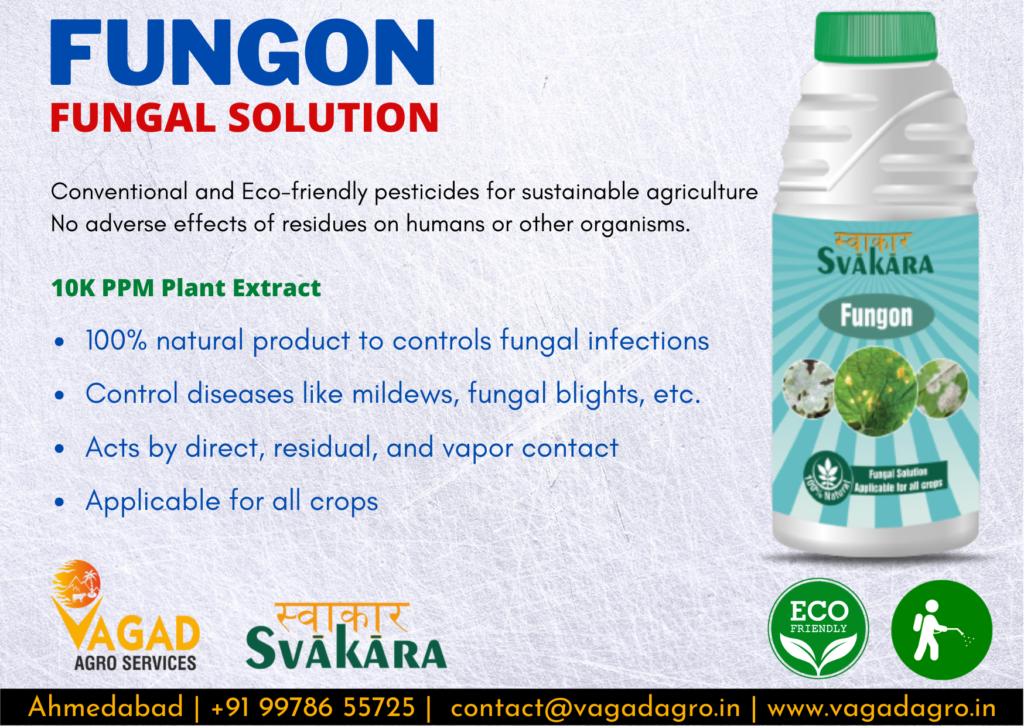
2. Allguard
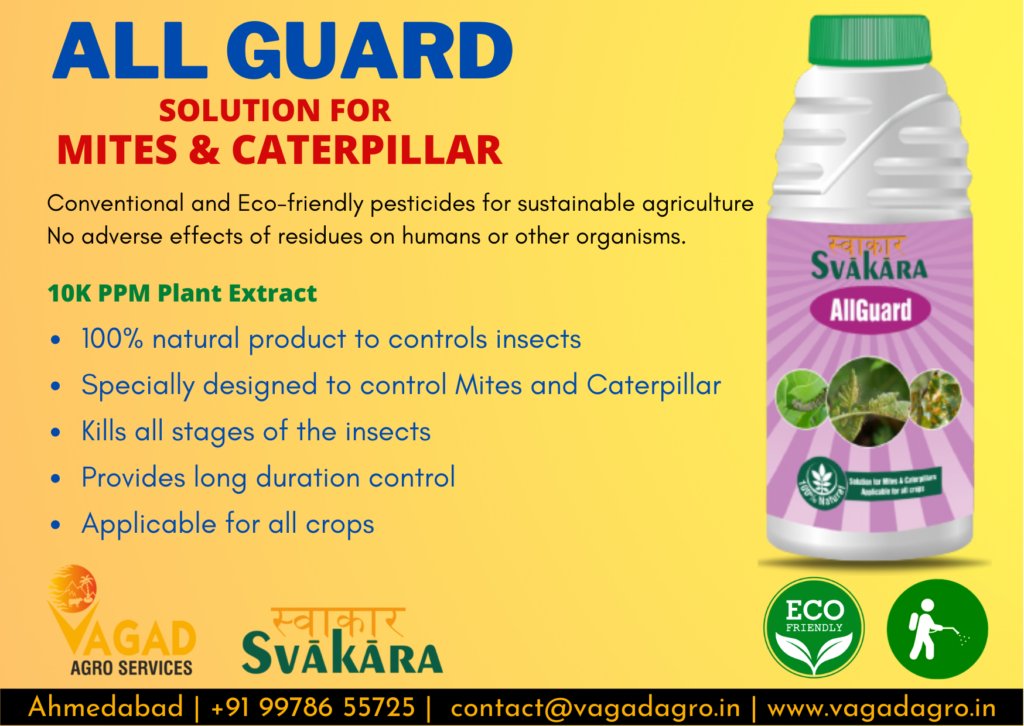
3. Pestfire
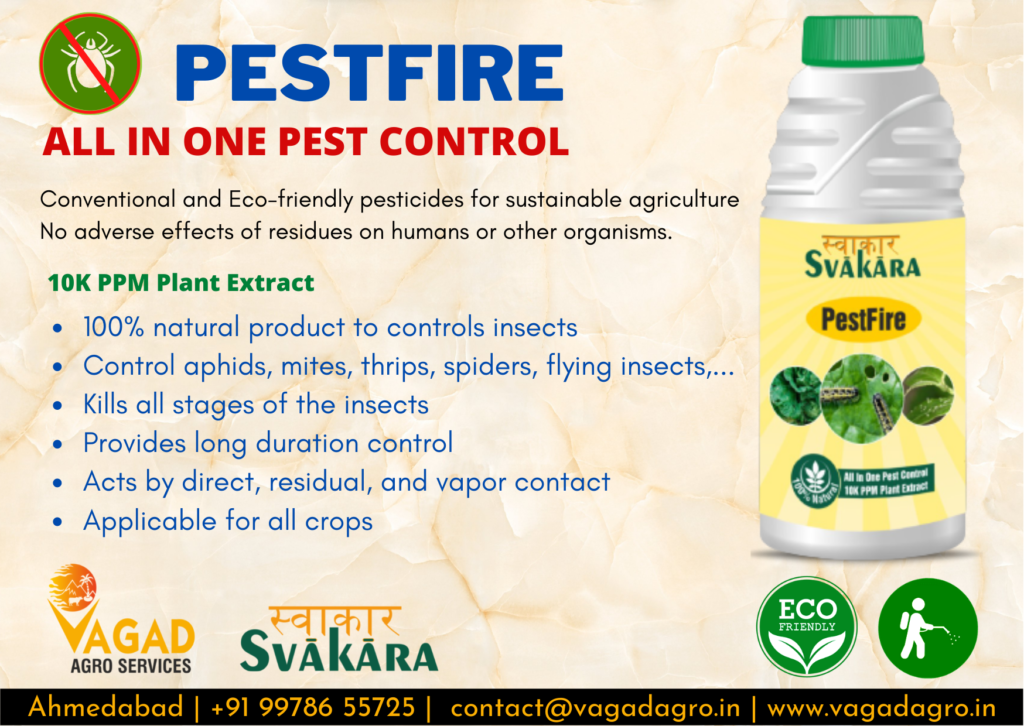
Kalpesh Pathak
Related Posts
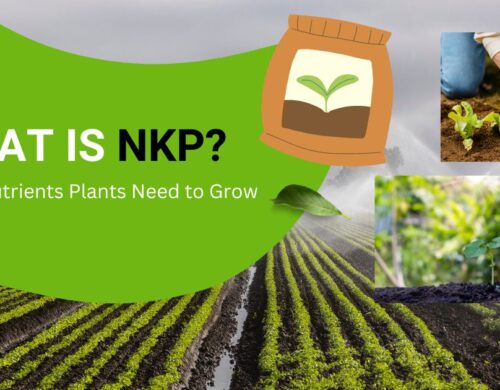
NPK: Primary Nutrients Plants Need to Grow, The Complete Guide
A fertilizer is a substance, either natural or man-made, that is used to provide essential nutrients to plants. It can be applied to the soil...

10 Super Foods You Can Grow Organically in Your Home Kitchen Garden
Organic farming is a approach of sustainable farming and these days ‘Organic Farming’ or ‘Organic Gardening’ or “Organic Kitchen Garden” is...

Great Article